The Arabian Horse, also known simply as the “Arabian,” is a breed of domestic horse. People originally bred this now-worldwide species on the Arabian Peninsula.
Scientists classify all domestic horses in the species Equus caballus. Other members of the genus include several species of zebras, wild horse species, and donkeys. Read on to learn about the Arabian Horse.
Description of the Arabian Horse
This breed of horse has an arched neck, wedge-shaped head, large nostrils, and relatively slender, muscular bodies. Their coats come in a variety of colors, including gray, white, black, brown, roan, tobiano, and more.
Members of this breed typically stand between 14.1 and 15.1 hands (which is a unit of measure equal to 4 inches) tall from the shoulder (or “withers”) to the ground. This translates to roughly 57 to 61 in. tall at the shoulder.
Interesting Facts About the Arabian Horse
This incredibly popular breed has a number of unique traits and characteristics. Learn more about what makes them unique, below.
- Life in the Arabian Peninsula – Though you can find this breed throughout the world now, people originally bred this horse in the Arabian Peninsula. The this region has a dry, hot, desert climate.
- Desert Living – To survive in those harsh climates, breeders chose horses with several unique characteristics. Most notably, their nostrils have large openings for heat dispersal, and they have added capacity in their sinuses to increase oxygen intake.
- Nomads – Originally, the nomadic Bedouin people bred this horse for the above characteristics to survive desert living. They also chose horses with a good nature that develop close relationships with their riders.
- Prized Possessions – The nomadic Bedouin people prized their Arabians, even bringing them inside their tents for safety and to prevent others from stealing them.
Habitat of the Arabian Horse
The ancestors of these horses lived in desert regions and endured harsh conditions. The deserts that they inhabited had sandy soil, hot temperatures with cool nights, and arid, dry conditions. Nowadays, humans have moved this breed into many different habitats across the world, from grasslands and meadows to urban areas.
Distribution of the Arabian Horse
People originally bred the Arabian in the Arabian Peninsula of the Middle East. Researchers believe that the original ancestors of these horses came from the regions around Yemen. Nowadays, people keep these horses across the globe. You can find large numbers in Europe, North America, Australia, and more.
Diet of the Arabian Horse
Like all horses, this breed has herbivorous feeding habits. It eats only plants, and does not consume other animals in any way. They eat grass as their primary source of food. However, people feed domestic horses grains to supplement them as well. Their diet includes barley, alfalfa, corn, oats, timothy hay, flax, wheat, soybeans, clover, and more.
Arabian Horse and Human Interaction
This breed exists only through human interaction. In the past, people utilized these horses for a number of different uses, including travel, war, hunting, pulling chariots, and more. In modern day, people keep these horses for leisure riding, as pets, for endurance competitions, dressage, jumping, and much more.
Domestication
Researchers believe that the Bedouin people of the Arabian Peninsula domesticated these horses between 4,000 years ago and 5,000 years ago. Likely, they used wild horses from the regions around Yemen. The people bred the horses to survive on little food and have great stamina.
Does the Arabian Horse Make a Good Pet
Yes, this breed can make a good pet. However, with any horse breed you should fully understand the commitment you undertake. Their feeding, sheltering, and medical care can be quite expensive and time-consuming.
Arabian Horse Care
As is the case with most horses, this breed has a social nature and does best in a group, known as a herd. You must provide pasturage with plenty of grass to eat, and also supplement their diet with grain and hay.
Additionally, horses need access to fresh water at all times, and shelter of some form to protect them from inclement weather, and from the sun, particularly for light-colored horses.
Behavior of the Arabian Horse
These horses are highly intelligent and sensitive creatures, which can be both beneficial or detrimental when working with them. People classify them as a “hot-blooded” breed for this reason. However, despite their spirited demeanor, this breed has an incredibly friendly and sociable disposition.
Reproduction of the Arabian Horse
This breed has the same reproductive rates as any other breed of horse. In a wild setting, the horses live in herds led by a single male, known as a stallion. The stallion mates with all the females, known as mares. After mating, the mares undergo a gestation period of approximately 11 months, though this ranges slightly.
For the vast majority of births, mares give birth to a single offspring, known as a foal. The foal nurses for up to two years in the wild, but domestic horses wean between four and six months of age.
Beliefs, Superstitions, and Phobias About the Arabian Horse
Many different superstitions, legends, and mythologies exist around this breed. One legend depicts Muhammad selecting mares for the breed by their loyalty and courage. Another tale discusses King Solomon receiving an Arabian mare, and another discusses his giving an Arabian stallion as a gift.

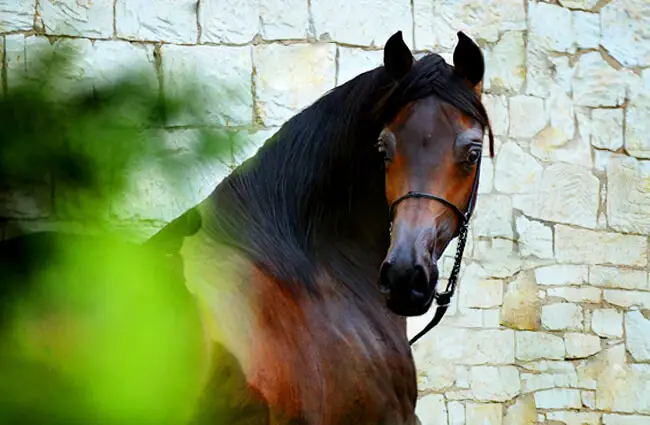

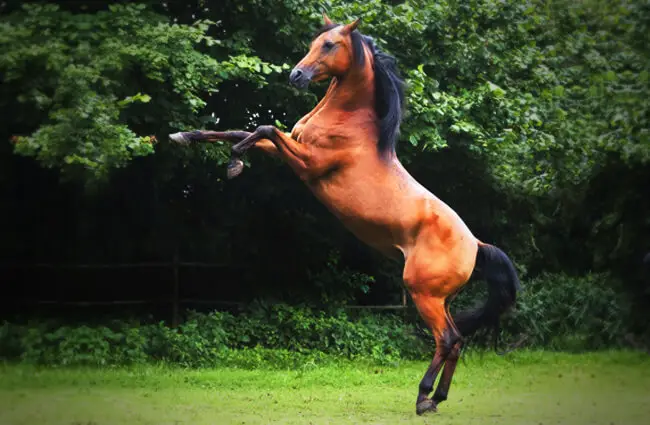
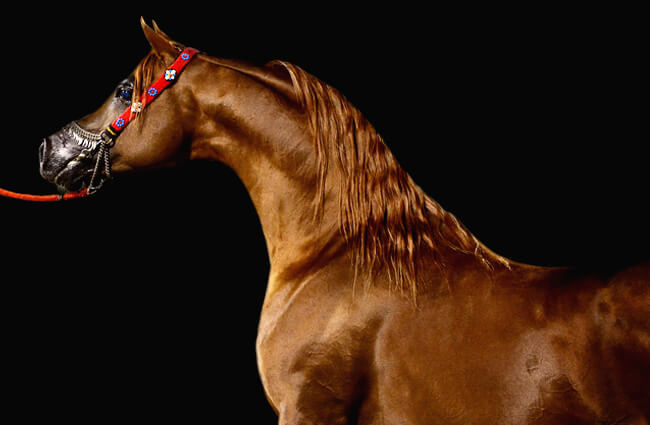


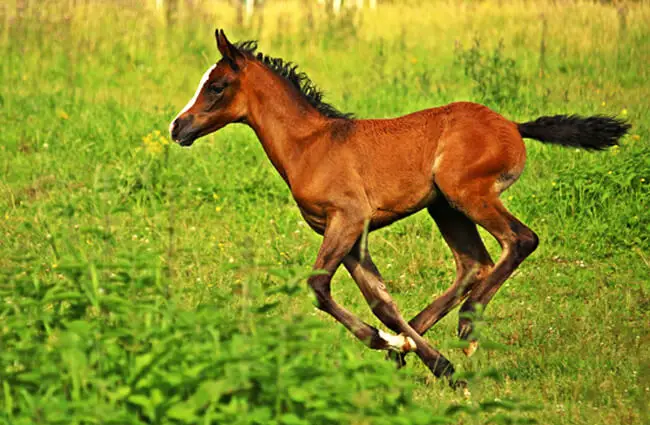

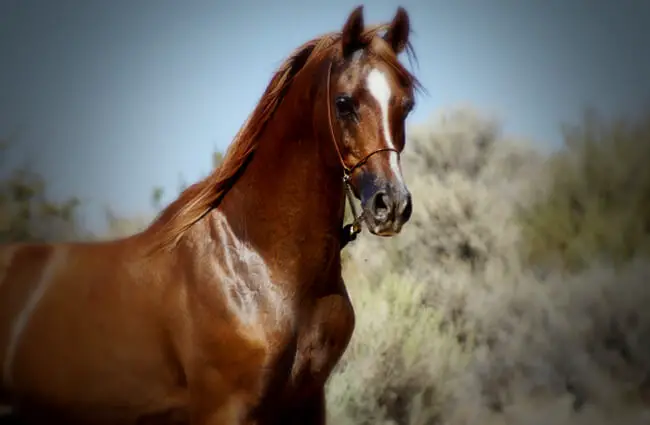
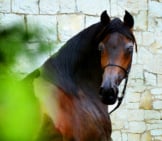
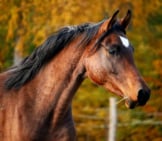







![Red Angus Closeup of a beautiful Red Angus cowPhoto by: U.S. Department of Agriculture [pubic domain]https://creativecommons.org/licenses/by/2.0/](https://animals.net/wp-content/uploads/2020/03/Red-Angus-4-238x178.jpg)

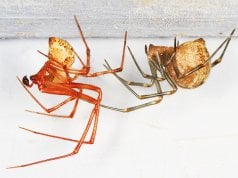










![Red Angus Closeup of a beautiful Red Angus cowPhoto by: U.S. Department of Agriculture [pubic domain]https://creativecommons.org/licenses/by/2.0/](https://animals.net/wp-content/uploads/2020/03/Red-Angus-4-100x75.jpg)

